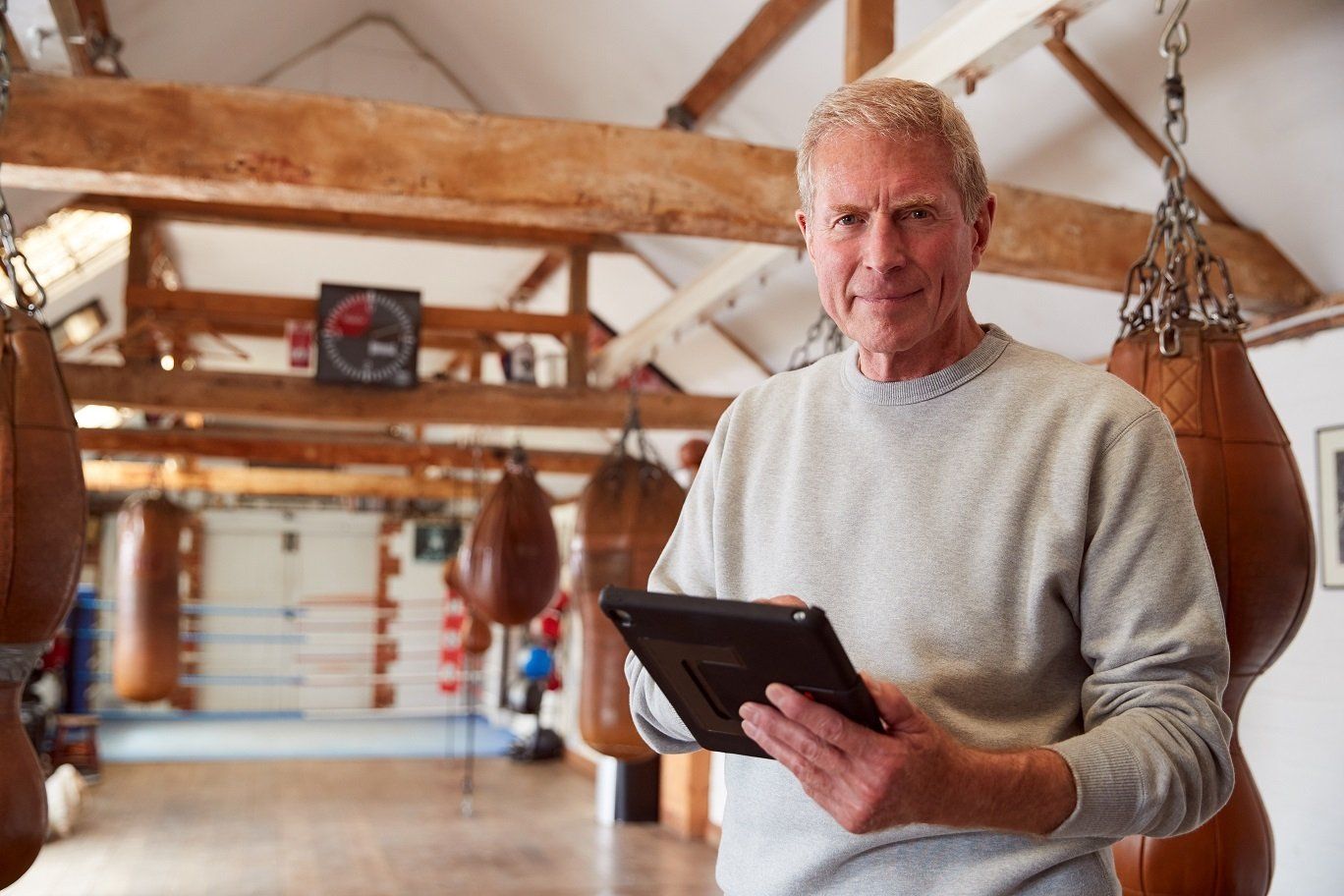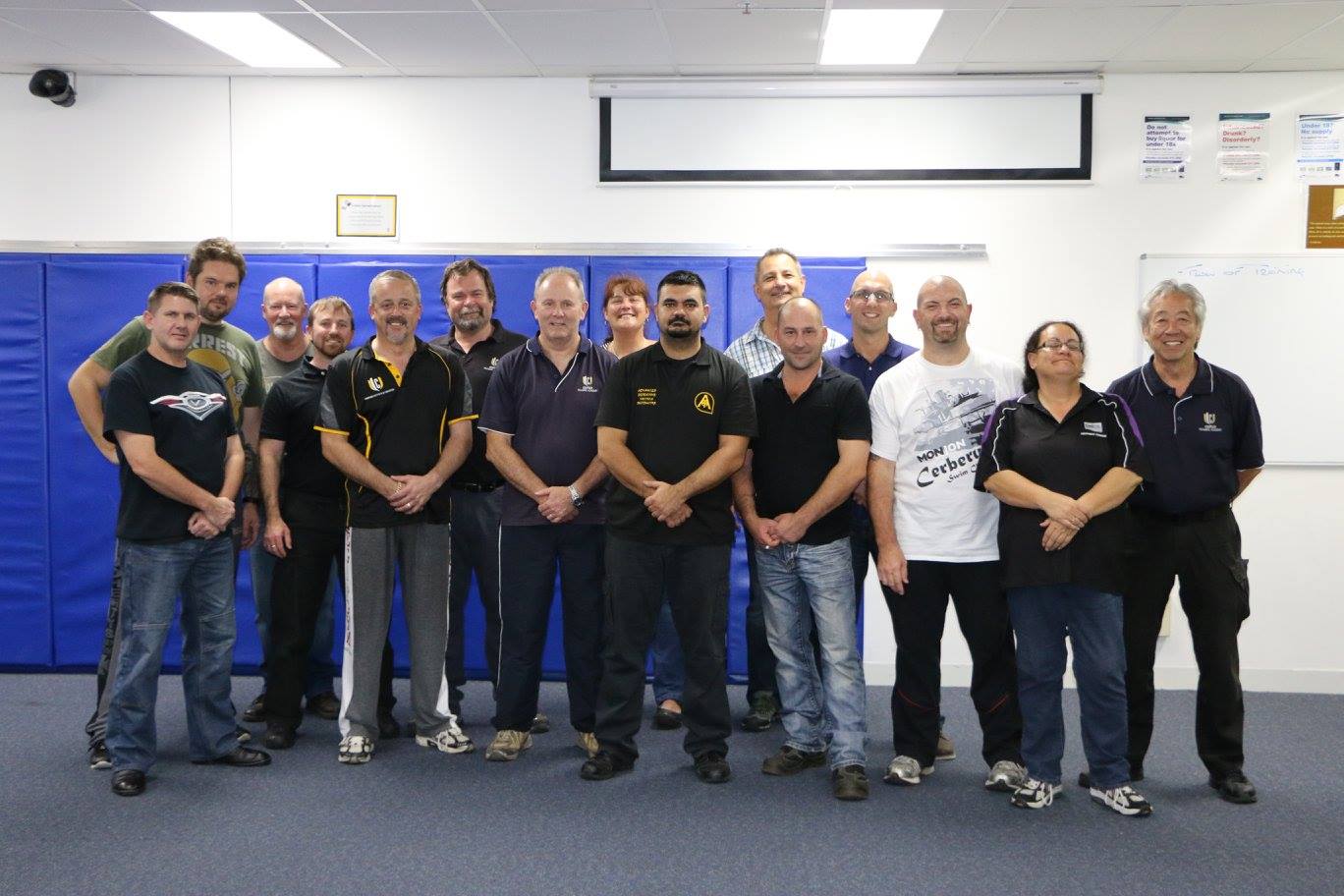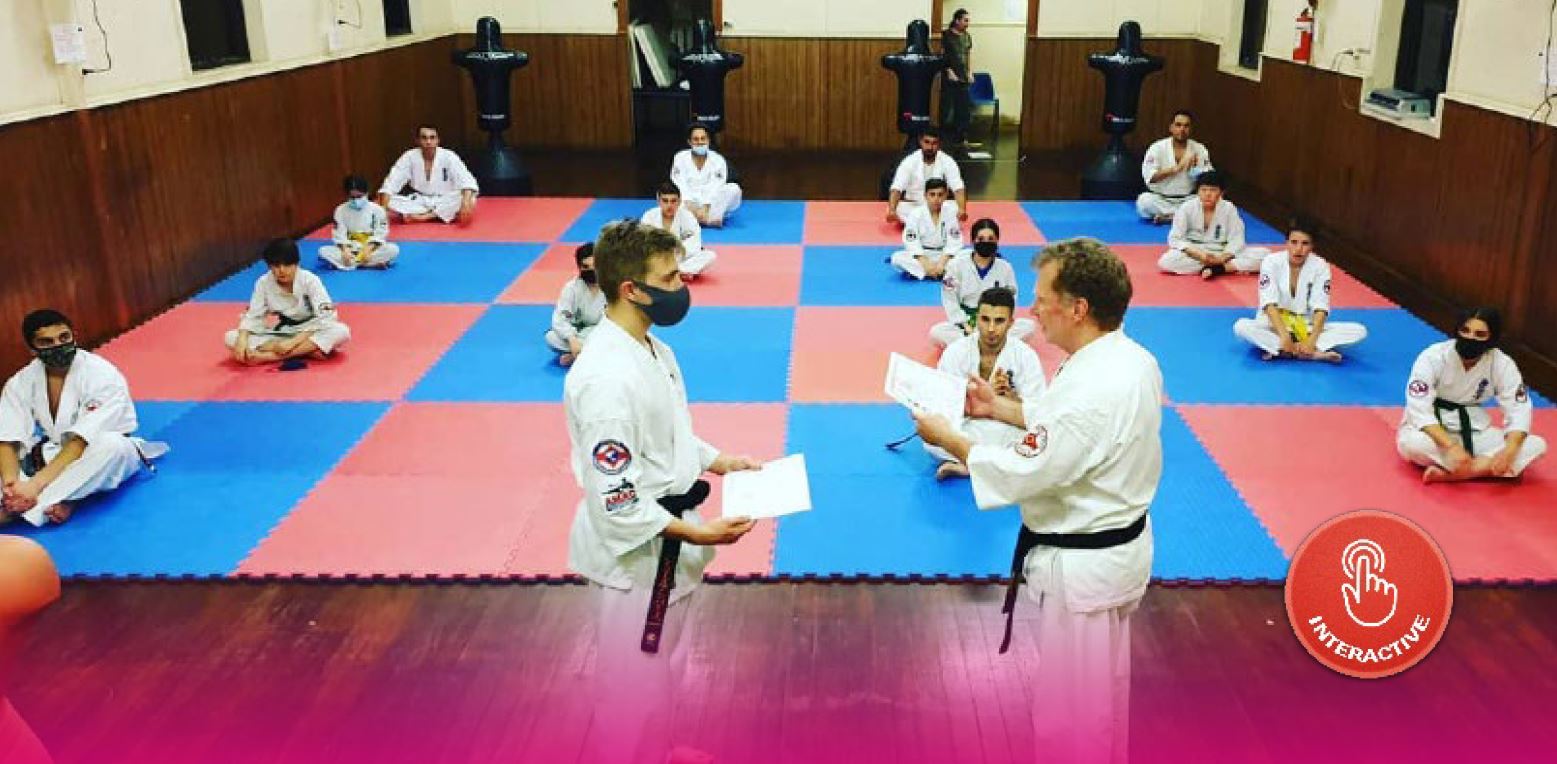Shi Xing Jun Blitz interview
Shi Xing Jun Blitz interview - Interview with Shaolin Warrior Monk Shi Xing Jun Questions compiled by Graham Slater & Ben Stone (this is not the exact published version)
Shi Xing Jun 30th generation Shaolin Monk one of the head coaches at the Temple teaching over 10,000 students in both China and Taiwan . Find out more about BLITZ
Interesting note: Whilst Shi Jun was staying at his host's home in Box Hill he decided do some early morning exploring and jogged to Port Melbourne and back again without any assistance (over 40 kils round trip)
1. Shi Jun you have been involved in martial arts since you could basically walk, how did that come about?
My father is quite a well known master and he took the time to start teaching me as soon as I could move I think. I really loved the training so much I kept wanting to do more and more even at that early age. When I saw the Shaolin Temple on TV and ask my father about it I immediately wanted to go. My father kept putting me off for what felt like years thinking I was going through a phase. I know there were a few reasons why they were trying to discourage me especially as I was the youngest of seven in the family. I think my father may have also thought I might not be able to stick at it and want to come home. This would have been very bad for my father as he would have lost face not just as a father but also as a martial arts master. If anyone quits and wants to leave they basically have to walk through everyone's legs like a dog and it is very shameful for everyone.
2. What was it like when you first arrived at the Temple aged eight, knowing that your family was more than a thousand kilometres away?
I knew I was on my own and remember being both nervous and excited at the same time. I had pleaded with my parents for a long time to come here and now I had my wish. I knew I had to do my best because I wanted to prove to my father that this was the right choice. It was easy to take my mind off missing my family because I was totally focused on the ground the sky, Buddha and martial arts training. What I mean is the environment of the temple in the mountains and the masters allowed me to focus without distraction on all the things I wanted to learn.
3. How did your day start when got there?
All Monks at the Temple start training the same way in conditioning the body. I chose a particular master who took his disciples to the top of the mountain high above the Temple for my conditioning training. I spent the next four years there my mother visited me after two years and a year later I had a short holiday to see the rest of my family.
4. What was a typical day like at the Temple when you were growing up?
I would get up like everyone else at 4am then meditate and pray for an hour. Straight after that it was a run to the top of the mountain and other conditioning exercises before breakfast. We would then do some study like a normal school and then do my kung fu, then lunch and the same again and again. After dinner until we have lights at 9.00pm we have our own time to reflect of do more training. As you get more senior you get to do other things like go on tour with the performance team.
5. Has you father's teachings influenced you much over the years?
Yes my father has been a great inspiration having taught me some techniques not performed in the temple. I see him as often as I can but being a very senior coach now my teaching schedule takes me all over the world. I have just come back from 8 months teaching in Taiwan and will return there again before returning to the Temple in July.
6. There is so much history and mystery surrounding the Shaolin Temple , with the ability to perform super human feats what is it that makes the Warrior Monks so powerful?
It is our training and commitment to the tasks we are given. We are totally committed to focusing on our training without distraction. We live in an environment that gives us inspiration and we have the very best teachers to guide us.
7. Do Monks still do the hand conditioning like driving their hands in caldrons of sand and pebbles etc?
I have practised the strikes into sand to develop strong hands for the chin na training because you need to have a strong grip. The gravel and pebbles training is specifically to obtain the iron palm technique. This is for those who want to specialise in this, not me.
8. What are the options for Chinese students in the Temple do they all do the same training for a set time and then get to specialise?
Yes they all do the same training, the same conditioning, the same forms, the same combat etc. After they have completed what could be called an inturn program they can then specialise in certain aspects of Shaolin Kung Fu. For example some Monks may want to work more in Chin Na or San Da to polish their combative skills while other may develop select forms.
9. I understand the Temple is becoming more progressive and open to allowing westerners to train. What opportunities are there for foreigners wanting to study martial arts?
Of course it is not as open as it is for a Chinese to live in' student but there are great opportunities for foreigners to spend long periods of time studying Kung Fu and related arts. Foreigners can just train there for a very short time if they want but they wouldn't learn much.
10. Can foreigners chose their own master or is one allocated to them and can a person request what he / she wants to learn? If a person has researched a master and wants to learn from them they can put in that request and depending on a number of factors, learn from them. Choosing specifically what they want to learn might be difficult because a student is assessed to see if they can handle the training and generally techniques will be taught befitting their abilities.
11. I believe there are over 300 forms practised at the Temple does anyone know them all?
There are only a few people and I am one of them that has learnt all of the 300 set forms. There are around 300 speciality masters or keepers of the forms in the Temple that have totally mastered their chosen forms.
12. What do you have to do to maintain that extensive list of forms?
I go through all of the forms each week basically covering over forty per day along with other training routines.
13. How many people train in the Temple grounds each day?
There are a number of Kung Fu schools in the grounds with around 30,000 students and in the township of Deng Feng there are probably three times that many.
14. What are your teaching duties in the Temple ?
When I am in the Temple I work with the demonstration teams and work to maintain the forms and teach at all levels. I was appointed the head of Taiwan last year and have been teaching there for the last eight months.
15. What are your studying at the moment?
I am studying the inner teaching of Budhha which involves lots of sutras, rituals and chanting and this has helped improve my Kung Fu.
16. What are your favourite weapons?
As you know we practise eighteen weapons and my favourites would be the whip, long pole and straight sword.
17. Has the warrior or soldier monk's role change over the years and what are the main functions today?
No we still do what we have always done sleep, train, eat and study Buddha. What has changed is we have better beds instead of sleeping on hollowed out trees to real beds with mattresses. We no longer have to fetch water from the wells because we have piped water, thanks to support from the government and private donations.
18. One of things I noticed with all of the elite warrior monks is their incredibly strong legs. I've seen monks run ups trees and walls and jump so high in the air, what do you have to do to develop that power?
We train hard and that ability and other feats are a product of our hard training. To understand what it takes to do these feats can only be discovered by training in Shaolin Kung Fu.
19. Can you take me through an average day at the Temple ? what would you do in a day? Get up at 4.00am and meditate / pray for one hour, then train until 7.00am and have breakfast. 8.00am more training and Buddha study until 12.30 lunch. 1.30pm more of the same unless we are developing a performance team of teaching until 5.30pm. At 6.30pm we have another two hours of training until we retire at 9.00pm.




